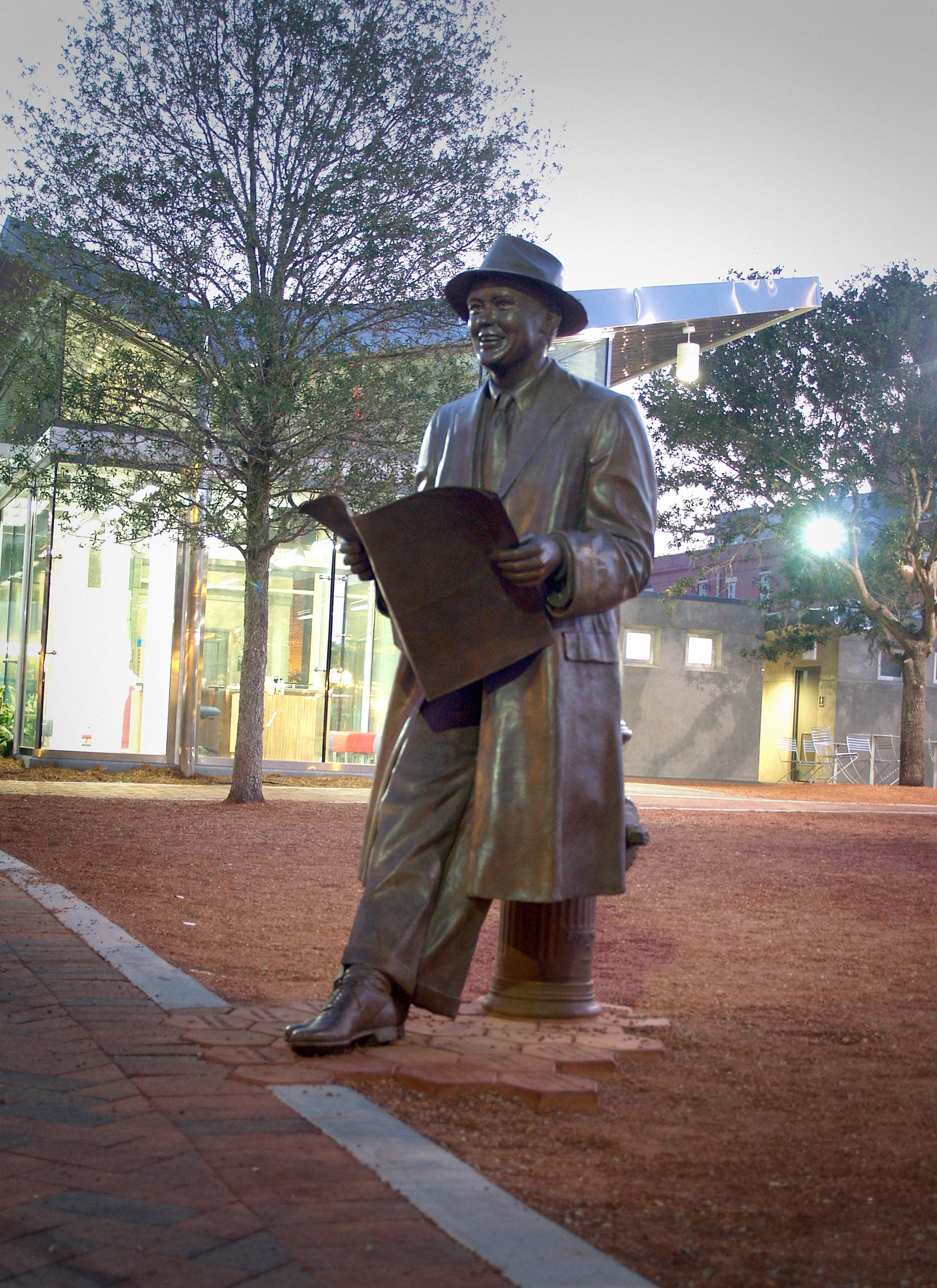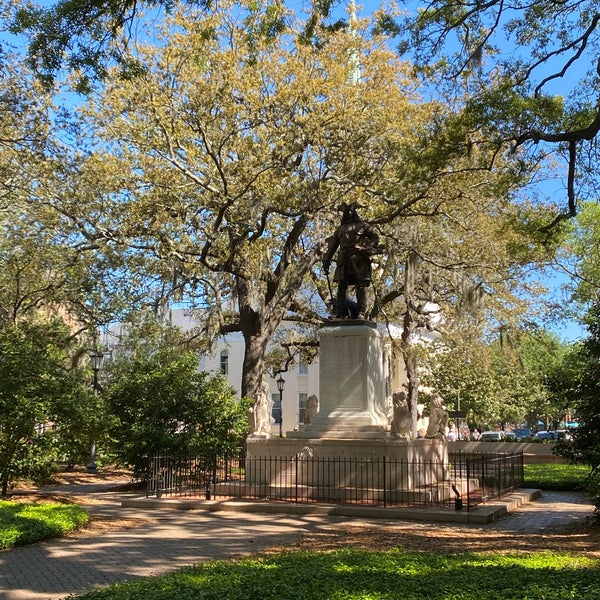Matildas. Adulation. Well deserved. The question is what now? Coming fourth is not new. After all, the team finished fourth at the Tokyo Olympics, being beaten by USA for the bronze medal. That event did not elicit the same adulation as has occurred. Sam Kerr, arguably the best player in the world, is a key reason for the adulation. We see very little of her in the flesh; moreover, she missed the early games through injury, but during the whole time on the field she was double-teamed. Her goal nevertheless gave us a glimpse of her ability.
However, there is a need to get perspective. How many sporting teams receive an enduring memory by finishing fourth?
After all, the Hockeyroos almost owned the hockey podium a decade or two ago, and still remain second seeded. Then there is the Women’s cricket team and the Diamonds netball team; currently both top seeded – both world champions. Where are their statues?
The basketball Opals have slipped since Lauren Jackson, the best basketballer in the World, retired and Liz Cambage went walkabout. The first decade of this century was Opal time – three Olympic silver medals and a World Cup gold in 2006. Yet they retain 3rd seeding in the World.
Our women’s water polo team briefly flashed the world winning the Gold Medal at the Sydney Games.
So, the potential for disappointment and then blaming exists; unreal expectations with poor allocation of funding (see sports rorts), especially when there is a statue to remind the nation of the could-have-beens.
Spain has shown the way to gold by being Under 17 and Under 20 women’s football champions. They set the nations which appear to use brutality as a major tactic on their heels. This is illustrated by the so-called Lionesses. It is time that when a player deliberately steps on the foot of the opposition player then they should be immediately red carded.

I have expressed my view of a Matilda Day. The naming of the team Matilda was a stroke of genius as the name can embrace all women’s sports in a way that the names Hockeyroos and Diamonds cannot. As demonstrated this past month, Australia has demonstrated a yearning for uncomplicated, dedicated women epitomised by this team.
The Matildas have shown themselves to be an ideal for young children, and part of this is hero-worship, and wishing to emulate their achievements. Sam Kerr, in proposing her academy for aspirant children footballers demonstrates her ongoing tangible commitment without any unnecessary hype, just shows her quality.
The fact that the women are free to disclose their sexual preferences is an advantage as it strips away the humbug, which has infested this nation. We are applauding honesty, grace and the fortitude of Australian women – not a bunch of football players who just happened to finish fourth in some ephemeral sporting event, where previous women’s sporting teams have gone before.
David has Left the Building
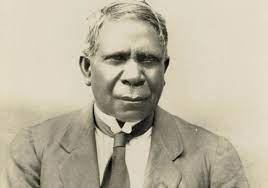
In July 2019, in this blog I wrote about David Unaipon, the Man on the $50 note. I have a copy of his Native Legends from which I quoted in that blog. There was a letter interleaved in the booklet, in flawless copperplate, which read (sic):
February 15th 1930 Dr Angus Johnson Adelaide Dear Sir Last week I had an Aboriginal named D. Unaipon staying at my hotel at Mount Pleasant and he told me he was searching for skulls for you. I should esteem as a favor (sic) if you would let me know if that was correct as he went away and never paid his board. Thanking you in anticipation Yours Truly H. Clendinnen Talinga Hotel Mt Pleasant
I think I must have Dr Johnson’s copy since the inside covers are plastered with newspaper cuttings mostly related to David Unaipon, but among them, there is pasted a cartoon of Johnson as Medical Officer of Health for Adelaide City Council. It is ironic that David Unaipon made part of his income wandering the Murray River banks picking up Aboriginal skulls.
This letter, as a request for payment, in reality is a reflection about Unaipon’s source of income, although it is ignored by commentators. Why? It does nothing to help to airbrush an occurrence which is unpalatable to a later generation that is calling for repatriation of the remains, blaming their removal on insensitive whitefellas. I have kept an article reprinted from the Observer in 2009, when the Ngarrindjeri-born clown, Major Sumner, says he’s been repatriating his people’s remains from all over the world for decades and has returned people to the country of his father (Ngarrindjeri) and now his mother (Kaurna). Major Sumner stands out with his curious body painting, kangaroo bone through nose and emu feather crown. I would like to know where the ochre pot he uses for his distinctly coloured lines is located. As for the clown role, that is seen in very many civilisations as a serious foil testing reality.
I am not sure about Major Sumner, who is variously labelled as being an OAM, AM and AO. I always am wary of creeping self–aggrandisement, when it appears that there is only proof of OAM. Such a confusion of post-nominals is in itself trivial but inflated curricula vitae always make me suspicious.
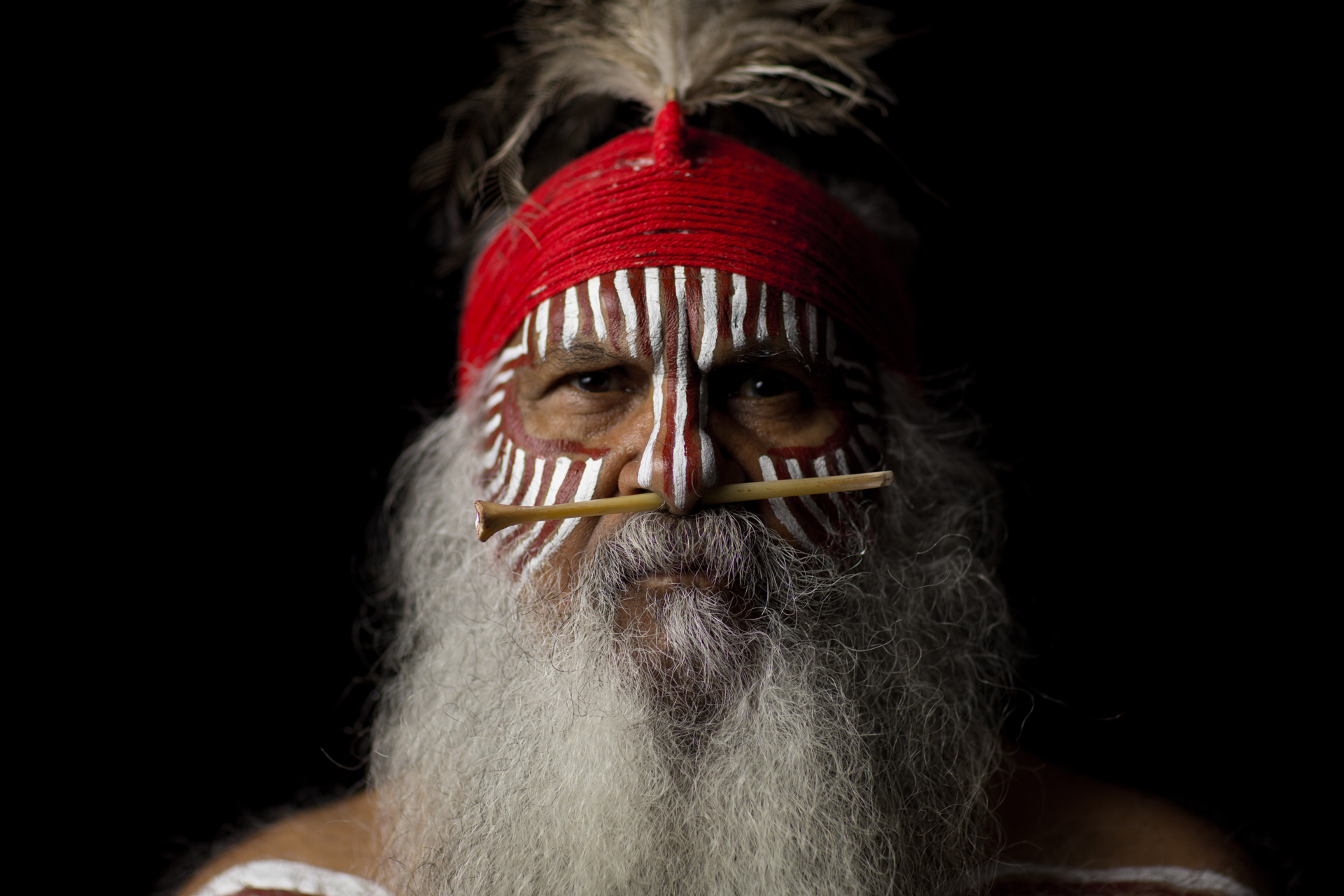
Major Sumner is reported as saying “It’s draining and it takes it out of you. But it makes you feel good that you’re doing it. What really got me was we were sitting down there and then you will get one of the old people’s remains – and we are not just talking about old people. These are little children. Little babies. Their remains.
“Why did they die – how did they die? They’d never seen life yet … we don’t know why. But it makes you feel very, very sad for them – for their spirit. It affects me because I’ve got a lot of grandchildren and I’d hate that to happen to my grandchildren.”
I wonder what David Unaipon would have replied to this jumble, given that reference is made to him in The Conquest of the Narrindjeri, David Jenkins’ book. This book was given to us by Henry Rankin OAM, a major elder in the Raukkan Community, just before Christmas 2000.
In this book, there is a generally positive view of David Unaipon and his creativity. For instance, he was issued with nineteen patents across his life, none which were proceeded with because of lack of finance. Even the invention of the mechanical sheep shears which appears on $50 note was a matter of dispute, where he seems to have been initially “dudded”. But then that was the story of Unaipon’s life. He was “always short of a quid”. Sound familiar?
Incidentally in this book, there is no mention of his skull retrieval activities. The Aboriginal airbrush is brought out to smooth over the sand, and leave history to recollection, a selective process. The lesson is that we must always own up to the trail of detritus we leave, even if the climate changes.
Death in The Family
I left the Australian Medical Association (AMA) in 1984 after five years working there. One area I had an interest in was the AMA/ACHS Peer Resource Centre. When I had joined the staff of the AMA, the then President of the AMA, Lionel Wilson had drawn me aside and asked if I would become the AMA expert on peer review and all the accompanying catechism, which surrounded the challenge for the medical profession to improve and maintain the quality of health care.
I was leaving the AMA, and my going-away present was an olive tree which I named after a colleague of mine. His first name was Brian, and at the presentation of the olive tree, it was thus labelled. Brian was a small tree in a pot when he was presented to me. As he grew, the pots got bigger. Nevertheless, Brian was decorative but at no stage did he produce any olives. He just sat stoically by the back door, where he probably could have done with some sun.
However, he remained a dwarf until on my wife’s birthday back in 1987, when we moved into our new house. This was a fateful day for Brian. He was then planted on the grass verge outside the house. From there, freed from the constraints of the pot, he flourished. He quickly passed through adolescence to become a full grown tree. His branches spread outwards so inter alia they were vulnerable to cars parking next to him, damaging him. To compensate, he would have a prune from time to time.
Then the olives began to arrive annually, and we harvested up to five kgs. The first harvest was not properly processed, despite following a plan of changing the water while increasing the brining. Some of our subsequent harvests were taken but since Brian was in the street, we had no grounds to object.
When first picked from trees like Brian, olives are very bitter and have an astringent flavour. This is mostly due to the oleuropein in the olives. Oleuropein is a bitter compound that likely helps protect the olives while growing. The passing parade of school students learnt an early lesson about olives, picked them on the way to or from school, which was just around the corner and spitting them out.
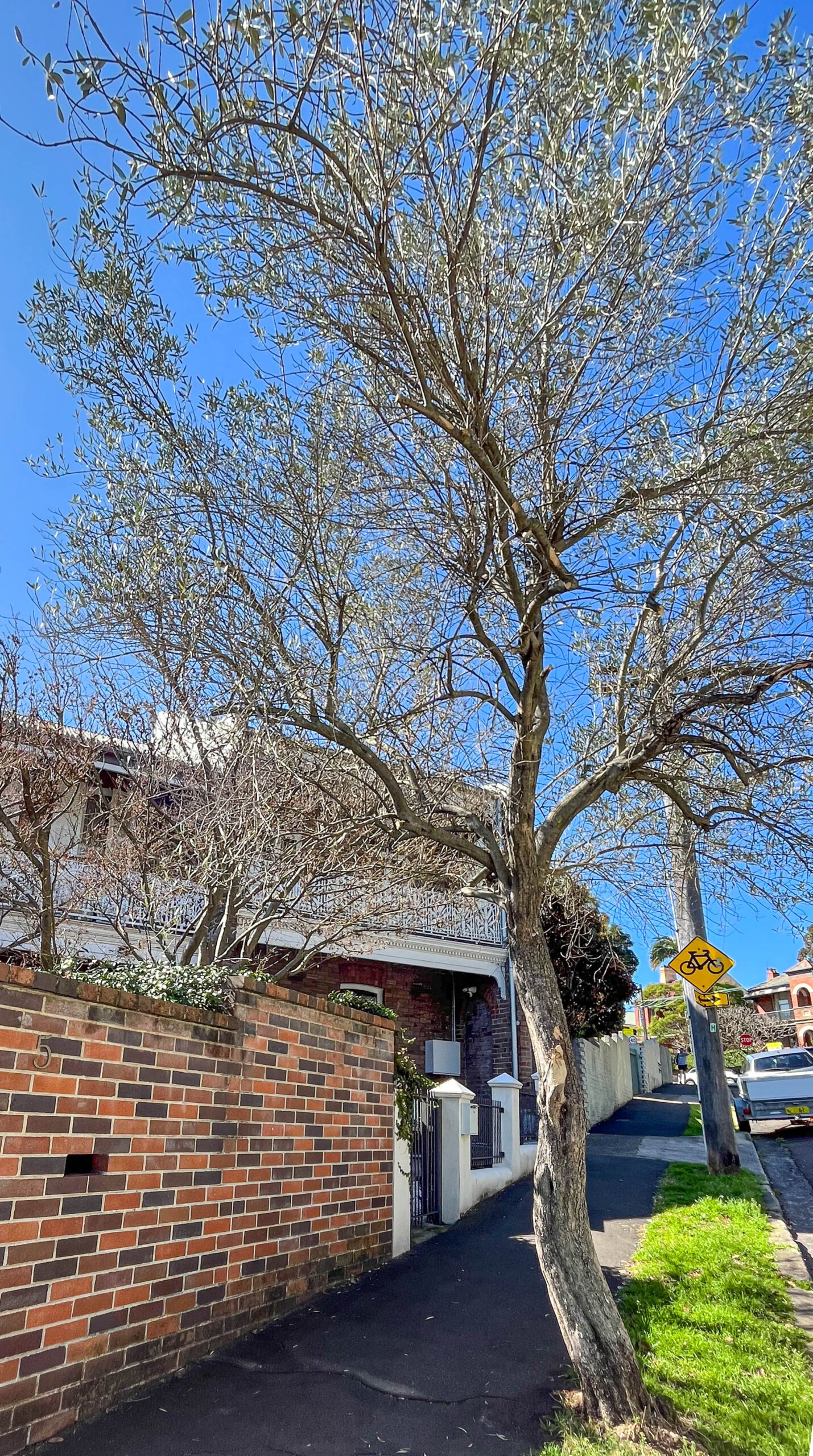
Having witnessed a nun in a monastery in Cyprus sitting and quietly smashing the olives and then putting them straight into brine; and indicating that was all one had to do, induced us to do the same. The rationale was this accelerated the process of removing the astringency. It worked and for several seasons we had olives by the bottle.
Then Brian started producing fewer and fewer olives, and then there were hardly any, and these were only on the unreachable top. Then the understory of branches lost their leaves and became a wickerwork of dead branches. Brian has recently undergone surgery but whether he survives will become clearer in the next few weeks. But the prognosis at best is guarded.
Free Assange. He has Cost Too Much
Imagine, for a moment, that the government of Cuba was demanding the extradition of an Australian publisher in the United Kingdom for exposing Cuban military crimes. Imagine that these crimes had included a 2007 massacre by helicopter-borne Cuban soldiers of a dozen Iraqi civilians, among them two journalists for the Reuters news agency.
Now imagine that, if extradited from the UK to Cuba, the Australian publisher would face up to 175 years in a maximum-security prison, simply for having done what media professionals are ostensibly supposed to do: report reality.
Finally, imagine the reaction of the United States to such Cuban conduct, which would invariably consist of impassioned squawking about human rights and democracy and a call for the universal vilification of Cuba.
-Belén Fernández, Al Jazeera
I have never really had much time for Julian Assange and his posturings. He briefly disclosed some American so-called secrets, the importance of which has been vastly exaggerated since the disclosure seems to have had minimal effect on Pax Americana. Still, far, far worse, he embarrassed several American bureaucrats, and that is of course a capital crime. The problem is some of the vindictive protagonists are those who posture as ovine liberals rather than as true lupine authoritarians.
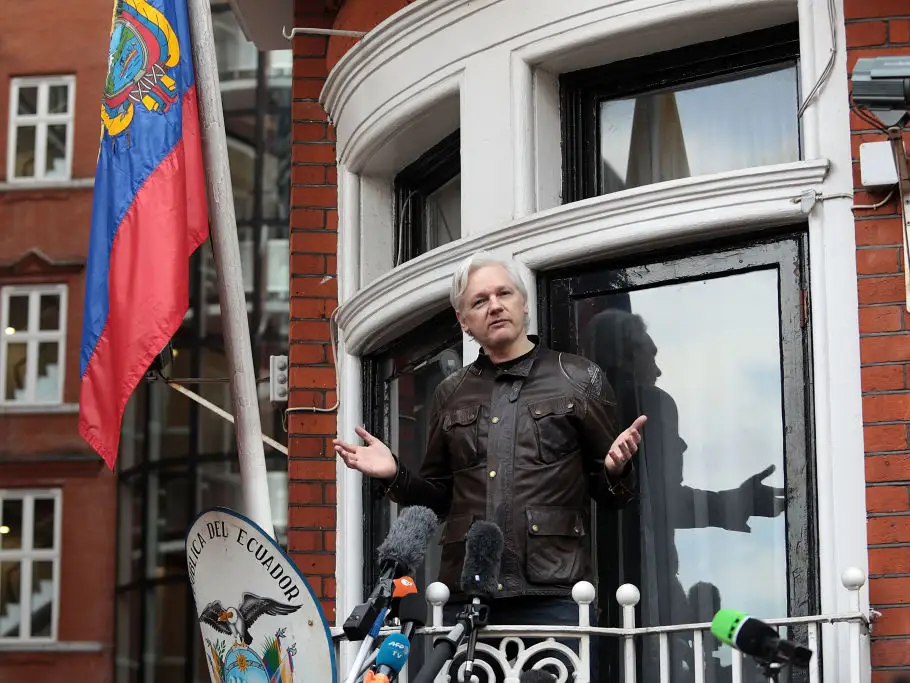
Assange portrayed himself as the detached intellectual, a Saviour of the Human Race, a man of Destiny calling Nations to account. Well, that did not happen. He holed himself in the Ecuadorian Embassy in London and standing on its cuckoo clock balcony, from which he declaimed about his unwarranted need for asylum before, like the cuckoo he went back inside and the door snapped shut.
Then the Ecuadorian Government changed, and Assange was back on the streets, where he was arrested, and put in gaol. The legal process grinds on as the Americans are not at this minute inclined to drop all charges. And of course, our politicians, expert in lingual coriophilia do not raise their heads from their appointed task on their RNR trips to Washington to play golf.
But, for God’s sake, keeping Assange in custody serves no purpose apart from satisfying this vindictiveness of a few American bureaucrats. The Poms have connived to ensure Assange is still held in custody. Why? Presumably there is a hulk on the River Thames in order for Senator Wong to seek a sentence for him to be transported for Life to New Holland rather than being executed in a Federal American prison.
Fortunately, it seems that Caroline Kennedy has become the equivalent of “best friend” to Assange and hopefully her influence will get the US government to drop all charges while saving face. Presumably the Prime Minister is on tap for a display of Assange contriteness and a compendium of “thank yous”. After I would suggest Assange slip into a more mundane role in progressing his obvious concern for a better world. Smelling the flowers would help him.
The comment by the Al Jazeera journalist comment is masterly and very relevant.
Time to send Julian home!
Bring Back the Parasol
I grew up in southern India but have lived in the United States since I arrived to attend college in Wisconsin at age 17. There are endless public health stories to be told in India, so I go back once a year and try to report as much as I can. I speak four Indian languages, which is a real advantage when interviewing non-experts.
The above quote legitimises the following timely musings of Apoorva Mandavilli in the NYT. She was socialised as a child and teenager in Southern India. I have edited (rather than paraphrased) her article, but I believe I have retained its essence. Some of her statements are contestable, but in the editing, I believe I have not censored any of her views. Personally, I am captivated by Kerala, but I have never lived through monsoon driven flooding, which might change this idyllic view.
As I hurried to an appointment one recent afternoon in New York City, the harsh sun seemed to set my skin and hair on fire. Sweat pooled under my sunglasses, and my T-shirt and shorts stuck to my damp skin. I should have been used to the heat. I grew up in southern India, where the temperature routinely sweeps past 100 degrees Fahrenheit. But I had abandoned all the tricks and strategies I had used then.
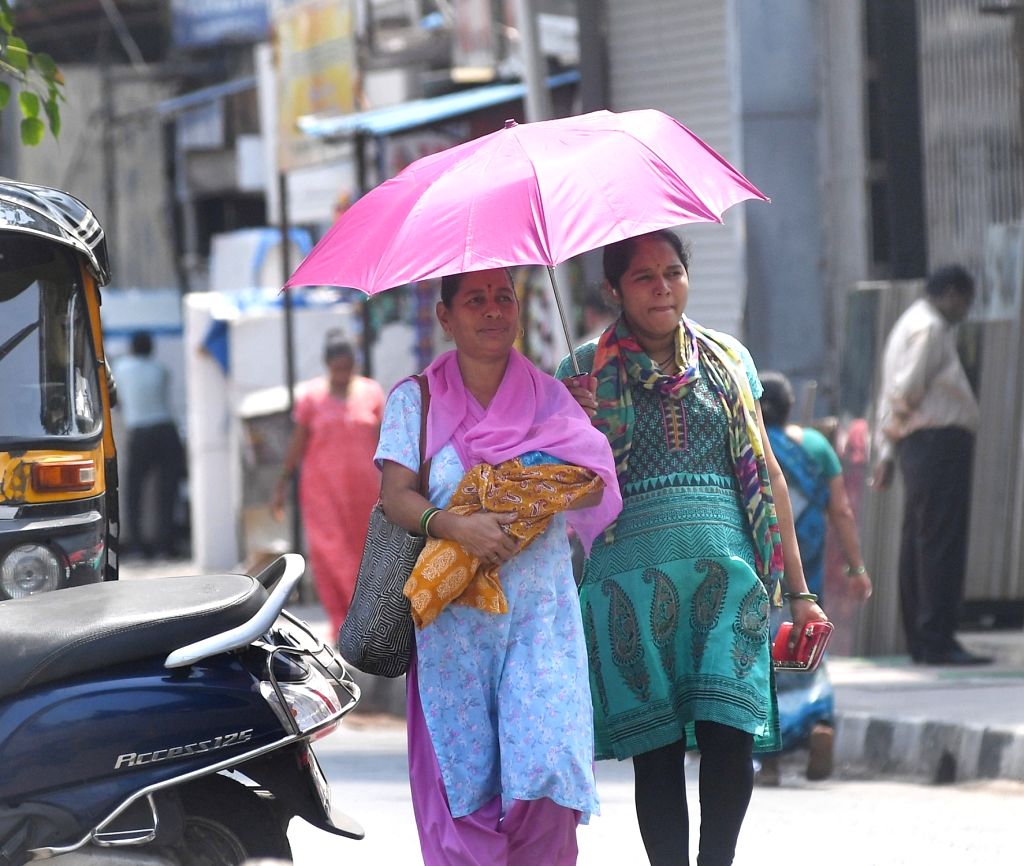 To begin with, I was walking outside at about 3 pm (in New York). In India, I rarely ventured out between 11 a.m. and 4 p.m., or if I did I was fully equipped to face the sun. I usually carried an umbrella, much as women in Victorian England carried parasols, to shield my head and face. And I wore salwar kameez, a tunic and loose fitting bottoms made of thin, gauzy cotton.
To begin with, I was walking outside at about 3 pm (in New York). In India, I rarely ventured out between 11 a.m. and 4 p.m., or if I did I was fully equipped to face the sun. I usually carried an umbrella, much as women in Victorian England carried parasols, to shield my head and face. And I wore salwar kameez, a tunic and loose fitting bottoms made of thin, gauzy cotton.
It turns out that these methods, employed all over South Asia, are rooted in solid science, even though I didn’t realise it then. As climate change sends temperatures soaring around the world, people who are not used to coping with heat could stand to adopt a few strategies from regions that have faced hot weather for generations.
In New York I only ever carry an umbrella when it’s rainy, and rarely wear a hat except at the beach. But in a situation where you’re out in the direct sun, having something to protect you from that direct sun radiation is important. Hence the parasol.
Likewise, wearing little clothing to stay cool (or cultivate a tan) exposes you to dangerous solar radiation. A better option is to cover up with breathable layers.
People in hot regions dress in thin, loose fitting clothes, in light colours that reflect the sun’s rays and facilitate the evaporation of sweat, rather than trap the heat as darker colours do. Clothes made of thin cotton, linen or bamboo are the most breathable, and synthetic fabrics, like polyester and nylon, the least breathable.
Having that sweat evaporate is important to cool your body when you’re moving or exercising.
Cool, damp cloths can accomplish the same goal. In northern India, men often wrap a wet scarf or towel around their neck or their head,
The neck is replete with blood vessels, which widen at high temperatures. The dilated vessels carry more hot blood from the core of the body to the skin, where heat dissipates into the air. In fact, when people turn up in emergency rooms with a heat illness, doctors often pack the neck area with ice and cold towels to rapidly lower their body temperature.
Sweating is the body’s natural cooling mechanism, but the moisture lost must be promptly replaced. That can be accomplished by drinking water, eating watery vegetables and fruit like cucumbers, watermelon and mangoes, or soups. People in the tropics often eat hot soups, to cool off by sweating.
Everybody knows hydration, but what we miss is that hydration doesn’t necessarily mean only drinking water. Water should be combined with electrolytes.
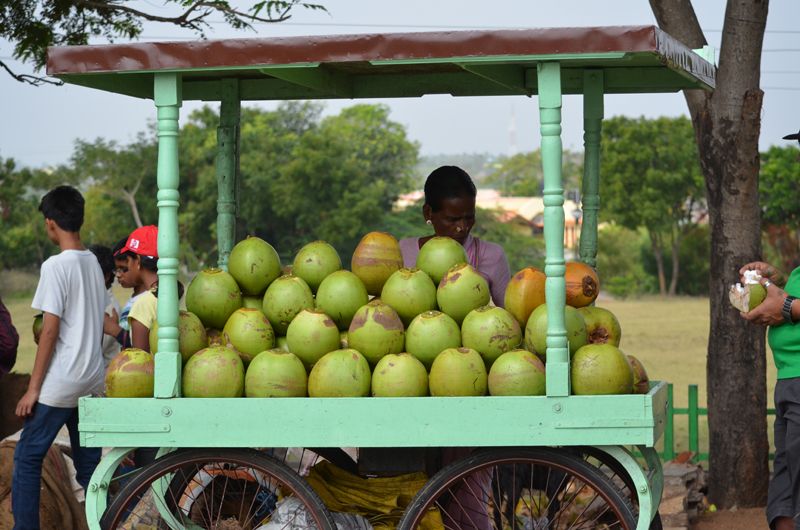 When I was growing up in India, bottled water was not as ubiquitous as it is today. Coconuts, heaped high in roadside stalls, offered an inexpensive, safe and delicious alternative. Vendors use a small machete to slice open the top of the coconut. When I’d had my fill of the cool, sweet water, I would break the coconut open and eat its moist white meat.
When I was growing up in India, bottled water was not as ubiquitous as it is today. Coconuts, heaped high in roadside stalls, offered an inexpensive, safe and delicious alternative. Vendors use a small machete to slice open the top of the coconut. When I’d had my fill of the cool, sweet water, I would break the coconut open and eat its moist white meat.
Doctors generally warn against drinking alcohol in the heat because it is a diuretic and can lead to dehydration. If you do drink, margaritas make a good option because the salt on the rim can replenish sodium lost to sweat,
The best way to protect yourself from the sun is to avoid it as much as possible. In various cultures, that means scheduling work for the hours when the daylight is less intense. Many people in southern India, and especially those who toil outside, begin their workday around 4 a.m. and work until no later than noon. The afternoon often includes a nap. Work then resumes at 4 or 5 p.m. for a few more hours.
Yet, the routine is now less common than it was in his childhood, he said, as Western rhythms and office life have taken over Indian cities.
Few Indian households have air conditioning; traditional homes manage to stay cool using other techniques.
One key approach is to open windows early in the day and close them before it begins to warm up. Heavy, dark curtains block light and heat from entering the house, and ceiling fans circulate the cool air trapped inside. My family home had curtains made of khus, a native Indian grass, which we sprayed with water every couple of hours. The curtains transform hot gusts into cool, fragrant breezes.
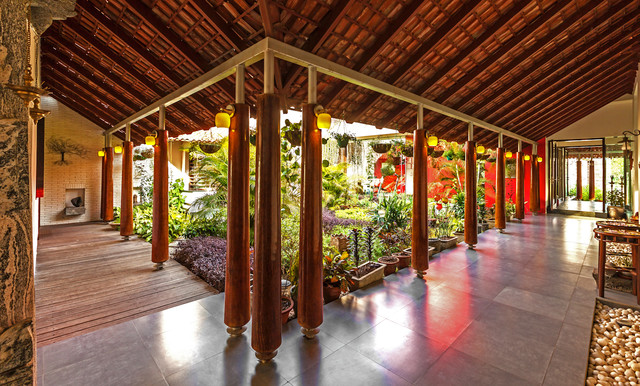 Many traditional Indian homes have verandas, high ceilings and walls of mud that keep the interior cool. New Orleans, is famous for its shotgun houses — linear buildings in which a bullet shot through the front door can in theory exit through the back door without hitting anything on the way — that allow the air to flow freely. Because heat rises, high ceilings and ceiling fans also keep the living spaces cool.
Many traditional Indian homes have verandas, high ceilings and walls of mud that keep the interior cool. New Orleans, is famous for its shotgun houses — linear buildings in which a bullet shot through the front door can in theory exit through the back door without hitting anything on the way — that allow the air to flow freely. Because heat rises, high ceilings and ceiling fans also keep the living spaces cool.
Some of these older strategies may have become useless — for example, early mornings are frequently so warm now that even waking up at 4 a.m. may not always offer a comfortable start to the day.
Climate change’s rapid pace demands solutions that can keep houses and bodies cool even when the mercury keeps rising.
We are no longer adjusting to one hot day or a couple of hot days, we’re looking at week upon weeks of having to deal with this. This is the cultural shift that people must make in their heads.
Mouse Whisper
Our ringtail possum. Every evening from early autumn about nine or ten in the evening, we would see her unblinking eyes peering through the dining room window as she climbed down the outside bars over the windows from her nest. I wrote about her in my 26 May Whisper.
But she has vanished – gone – who knows where. I miss her visits every evening – her quizzical look as if what she saw in the house confounded her.
I’ll miss her.
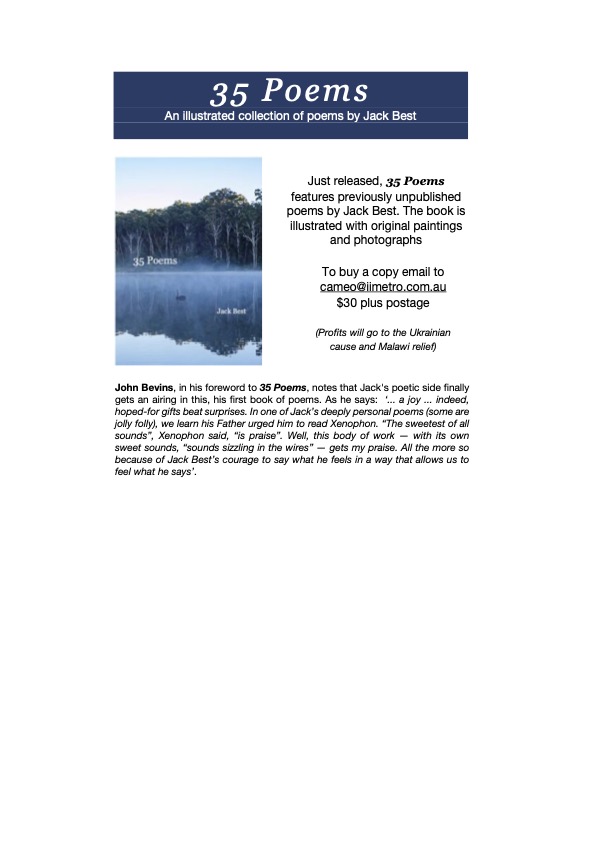

 Matilda Day
Matilda Day
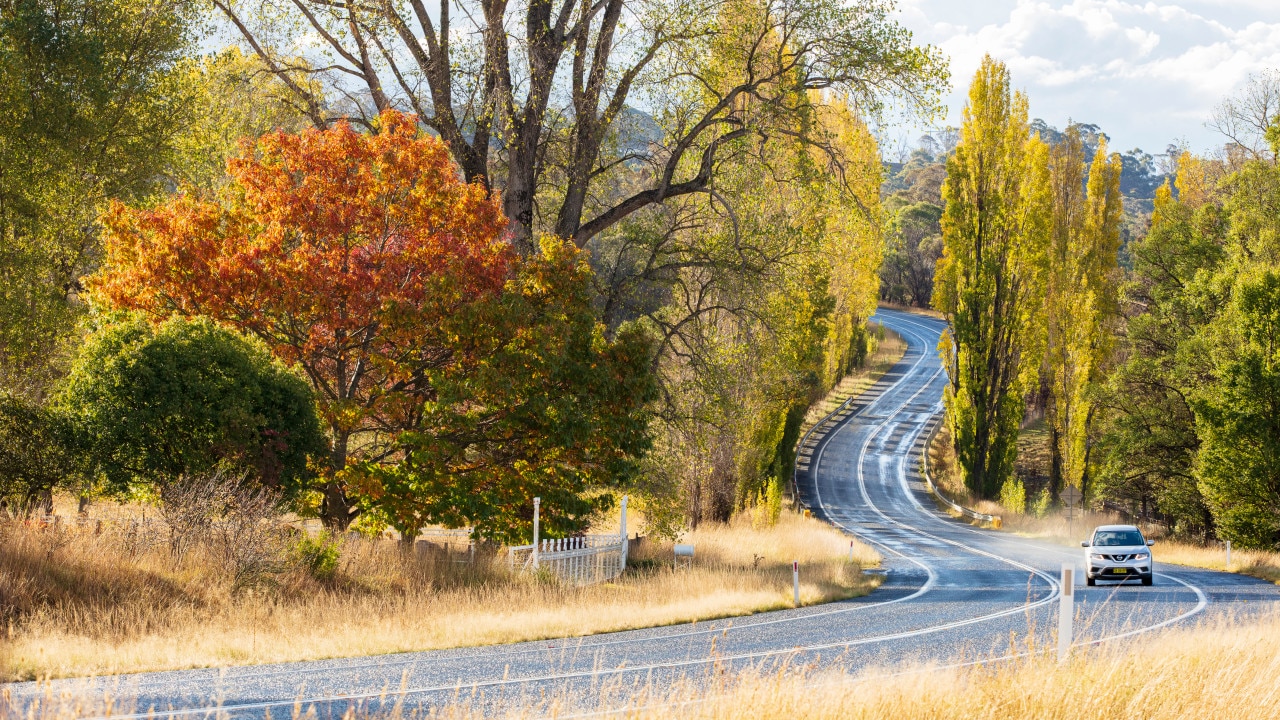 Anyway, these anecdotes are by-the-by. The New England Highway resembles the Hume Highway of the 1960s in being two lanes passing through every little village, with restricted speeding. The only exception was Scone where, given the overall lousy standard of the bitumen, we found here a smooth stretch. I presumed the Scone bypass was relatively new, and on checking, it was completed three years ago. To finish this picture, there are occasional overtaking lanes but very few rest areas, and travelling north these always seem to be on the other side of the road.
Anyway, these anecdotes are by-the-by. The New England Highway resembles the Hume Highway of the 1960s in being two lanes passing through every little village, with restricted speeding. The only exception was Scone where, given the overall lousy standard of the bitumen, we found here a smooth stretch. I presumed the Scone bypass was relatively new, and on checking, it was completed three years ago. To finish this picture, there are occasional overtaking lanes but very few rest areas, and travelling north these always seem to be on the other side of the road.
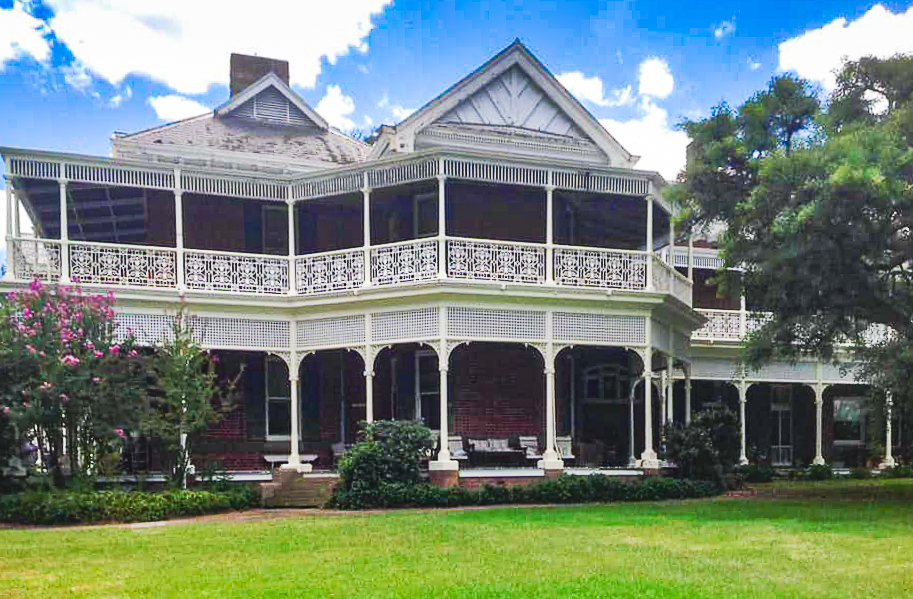
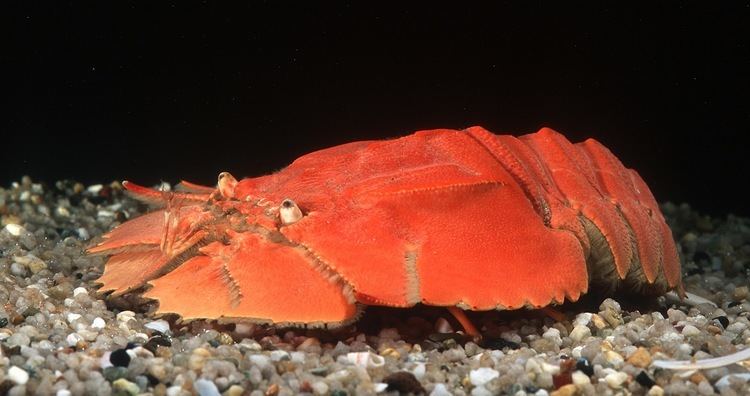
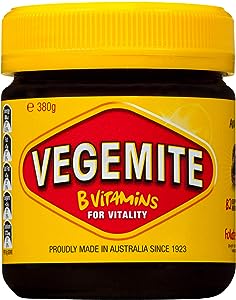
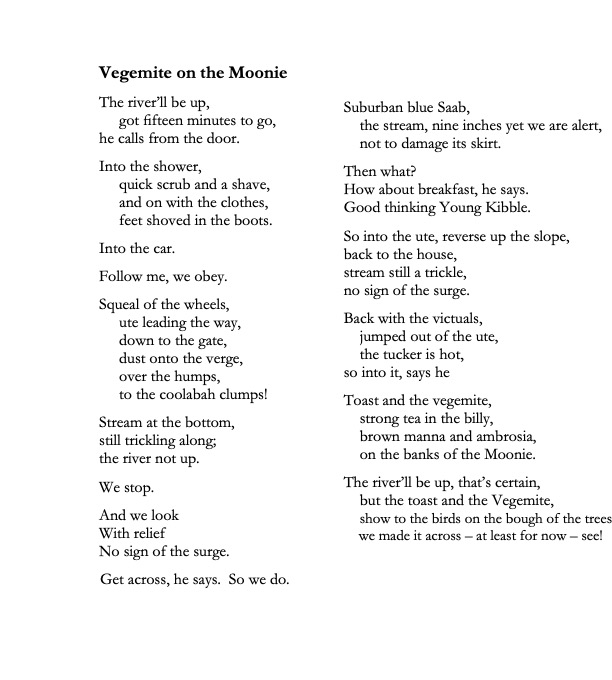 Squares and Spanish Moss
Squares and Spanish Moss